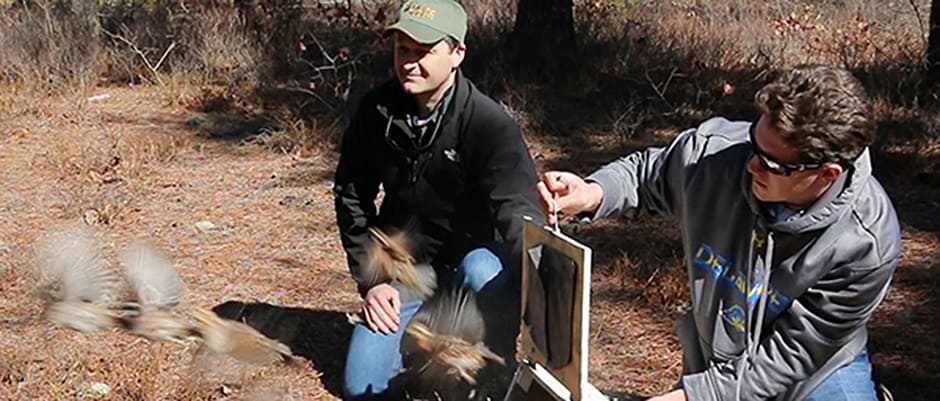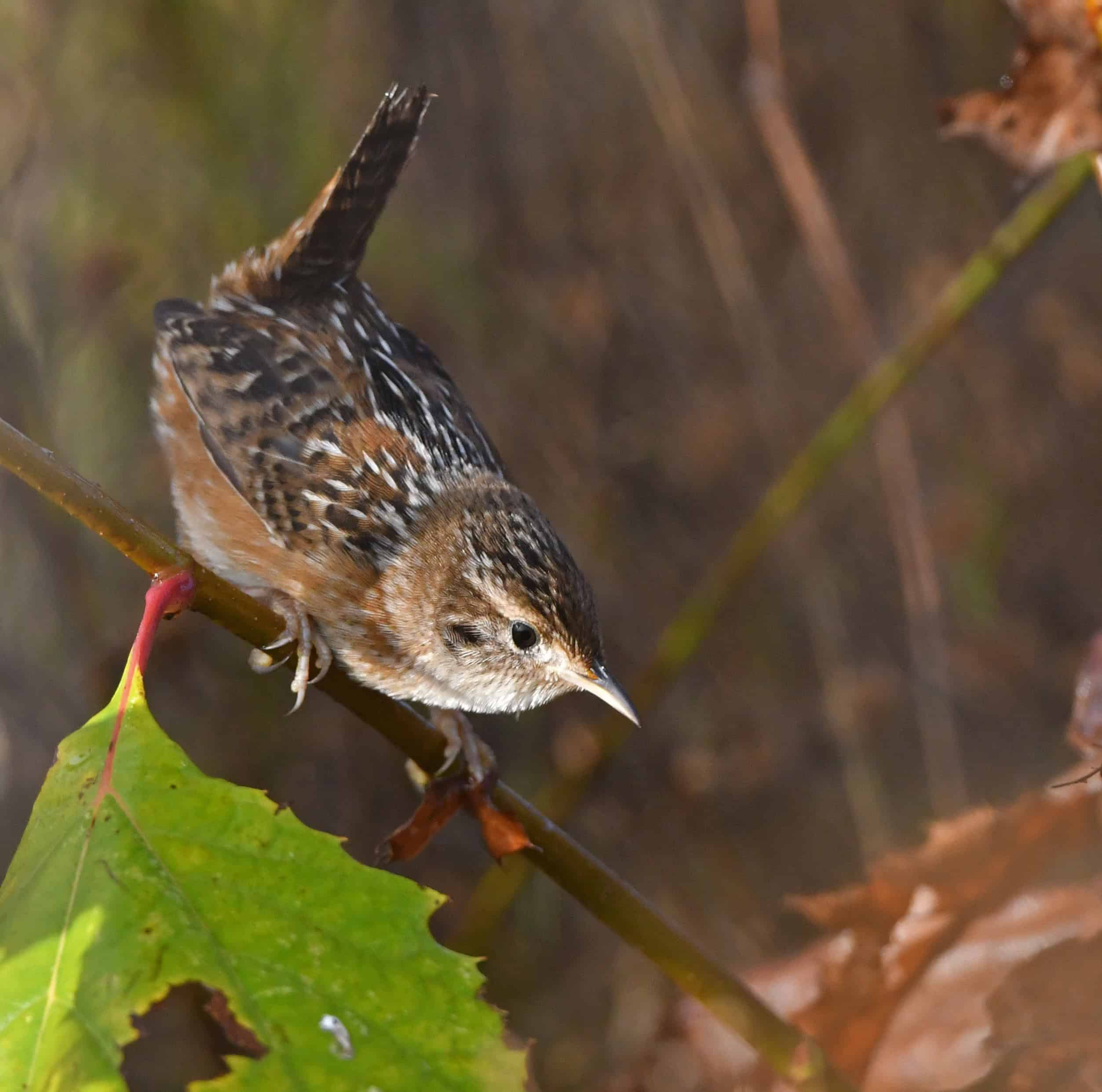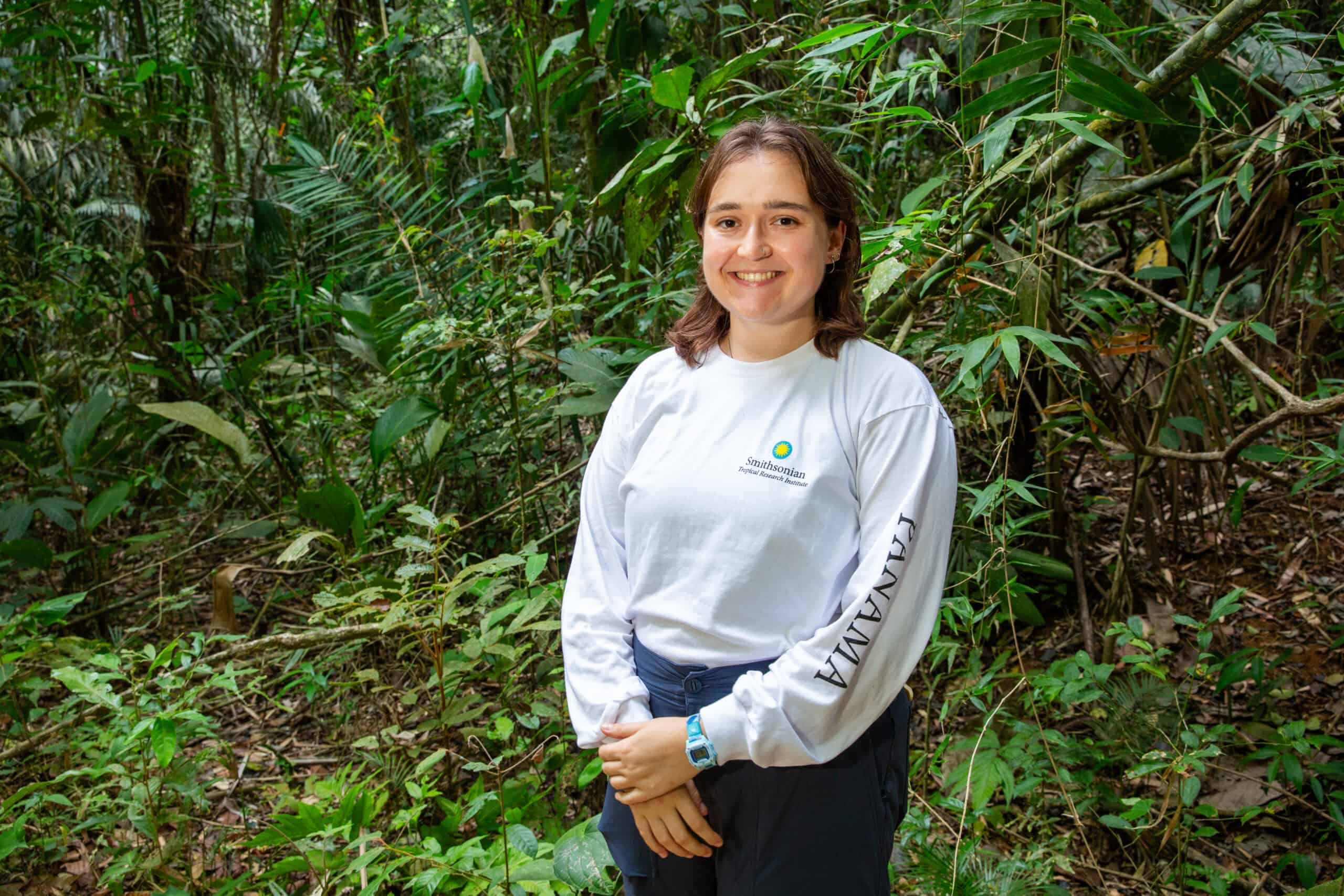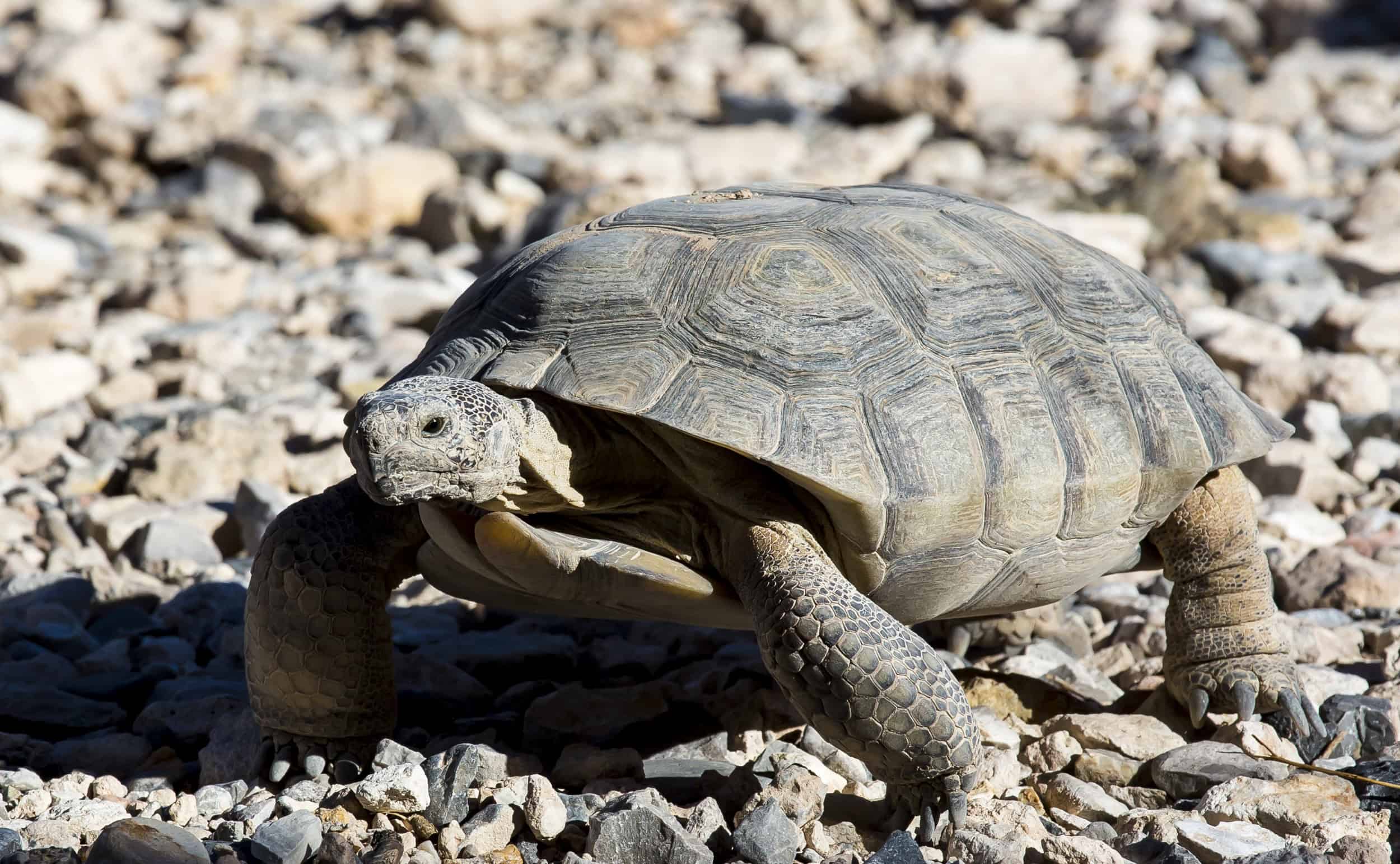Share this article
Game Birds Good Umbrella Species for Conservation
Game species may be better suited as so-called umbrella species for larger conservation goals than some rare and endangered species, according to research.
“When people look at umbrella species they tend to look at where species are protected,” said Andy Crosby, a doctoral student at the Department of Fisheries and Wildlife at Michigan State University and a member of The Wildlife Society. But, “sometimes they’re too rare and it’s really difficult to protect a lot of habitat for them.”
Crosby is the lead author of a study published in Biological Conservation that looked at the possibility of using northern bobwhites (Colinus virginianus) as an umbrella species for conservation of grassland and shrubland ecosystems.
To conduct the study, Crosby and others monitored bobwhite presence and the surrounding bird community associated with the same neighborhoods in areas of the south-central United States. They found that bobwhites were a good predictor of nine other species including Bell’s vireos (Vireo bellii), dicksissels (Spiza americana) and grasshopper sparrows (Ammodramus savannarum) — all listed as species of conservation concern.
Crosby said the advantage of focusing on bobwhite habitat conservation is that hunters like them as they are a game species, and they do fairly well in agricultural settings.
“Instead of looking for a rare species to protect grassland habitat, look at this more common, more popular species which would have a better impact,” he said.
While his study only looked at bobwhites as a potential umbrella species for protecting ecosystems and other animals, Crosby said that other common birds could be similarly protected as umbrella species.
“We can target different groups of birds depending on what your conservation objectives are,” he said.
New Bobwhites for New Jersey
Some work may already be focused on bobwhites, what with the bird’s recent reintroduction into the Pine Barrens of New Jersey. In early April, a few researchers and stakeholders including Bill Haines — New Jersey’s largest landowner — took 80 bobwhite quail from southern Georgia and released them on Haines’ property. Eighty more bobwhites will be translocated for each of the next three years to bolster the reintroduced population.
“Over the last 40 years, the Pine Barrens have been devoid of forest management, such as thinning and burning, which naturally occurred in this region,” said Chris Williams, associate professor in the College of Agriculture and Natural Resources at the University of Delaware, in a release. “As a result, the forests have become thick and unhealthy. This has promoted increased forest disease and low biodiversity — including the extinction of quail in the area.”
Header Image:
Bobwhite quail are set free in Pine Barrens, New Jersey. A new study found that species like northern bobwhites can serve as good umbrella species for the conservation of larger ecosystems.
Image courtesy of the University of Delaware








